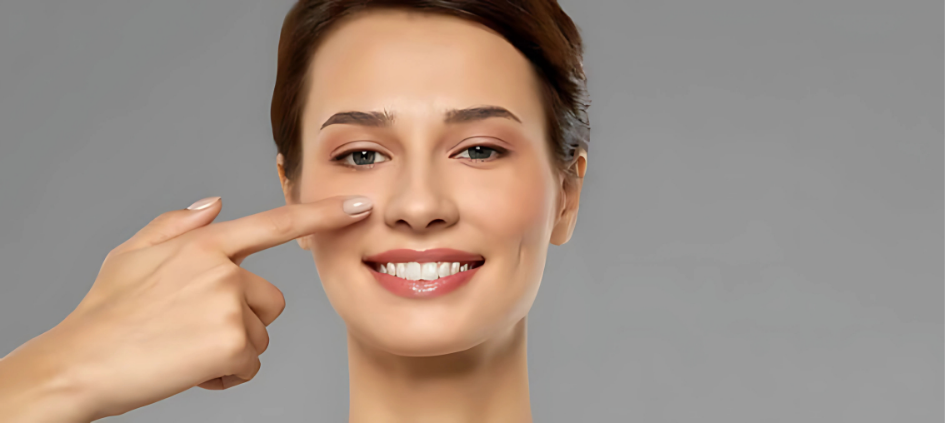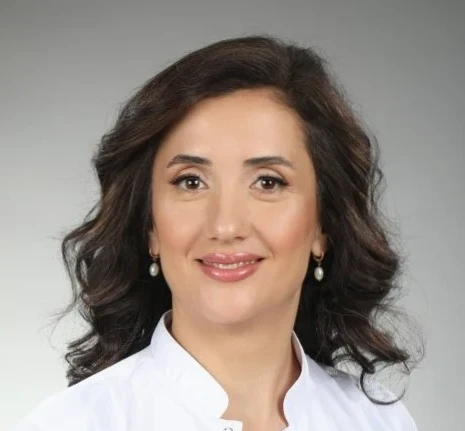The nose is one of the most prominent features of the face, and rhinoplasty (nose aesthetic surgery) may be preferred due to aesthetic concerns or functional issues. Rhinoplasty is a surgical procedure performed to change the shape of the nose, correct breathing problems, or fix congenital abnormalities.
Rhinoplasty allows the patient to achieve the desired appearance by reshaping the cartilage, bone, and muscle structure of the nose. It is not only performed for aesthetic purposes but can also serve functional or reconstructive goals. It may be chosen to correct nasal problems after trauma or to resolve health issues such as airway obstructions.
In most cases, aesthetic nose surgeries involve subtle and natural touches. Additionally, rhinoplasty can offer solutions for breathing problems caused by nasal congestion, snoring, and sleep apnea. The procedure may include resizing the nose, changing its shape, adjusting its width, or modifying its angle.
Why Is Rhinoplasty Performed?
Nose aesthetic surgery is usually preferred for the following reasons:
- Aesthetic Concerns: If the shape, size, or angle of the nose is bothersome
- Breathing Problems: If nasal septum deviation or narrow airways cause difficulty breathing
- Post-Trauma Correction: If a deformity develops after accidents or injuries
- Congenital Abnormalities: If there are structural defects in the nose from birth
Who Is Rhinoplasty Suitable For?
People considering rhinoplasty should meet certain criteria:
| Criterion | Explanation |
|---|---|
| Age | Generally 18 and older (growth must be complete) |
| General Health Status | Should be fit for anesthesia, with no chronic illness |
| Expectations | Should be realistic and aligned with the doctor's advice |
What Are the Types of Rhinoplasty?
Rhinoplasty can be performed using different techniques:
- Open Rhinoplasty: An incision is made between the nostrils. Suitable for complex cases.
- Closed Rhinoplasty: Incisions are made inside the nose; no visible scars from the outside.
- Revision Rhinoplasty: Performed to correct a previous nose surgery.
- Functional Rhinoplasty: Aimed at resolving breathing problems.
Rhinoplasty Process: Before and After Surgery
Preoperative Preparation
- Medical examination and evaluation of nasal structure are performed.
- Smoking and alcohol use should be stopped at least 2 weeks before surgery.
- Blood thinners (such as aspirin) should be discontinued under medical supervision.
Postoperative Recommendations
- Cold compress should be applied to the nose area during the first 48 hours to reduce swelling.
- The head should be kept elevated, and sleeping face down should be avoided.
- Heavy exercises should be avoided for the first 2 weeks.
- Glasses should not be worn for 1 month.
Healing Timeline
| Period | Expected Condition |
|---|---|
| First 48 Hours | Swelling and bruising may occur |
| 1st Week | Nasal bandage and splint are removed |
| 1st Month | Most of the swelling subsides |
| 6–12 Months | The nose fully heals and takes its final shape |
Will the Nose Look Natural After Rhinoplasty?
Thanks to modern techniques, rhinoplasty provides natural-looking results that harmonize with facial features. With proper planning, the outcome is a balanced and aesthetic nose shape rather than an artificial appearance.
Rhinoplasty is more than just an aesthetic procedure—it is also an important surgery that helps resolve breathing issues. For those who have realistic expectations, understand the surgical process, and work with an experienced specialist, it can deliver highly satisfying results.









